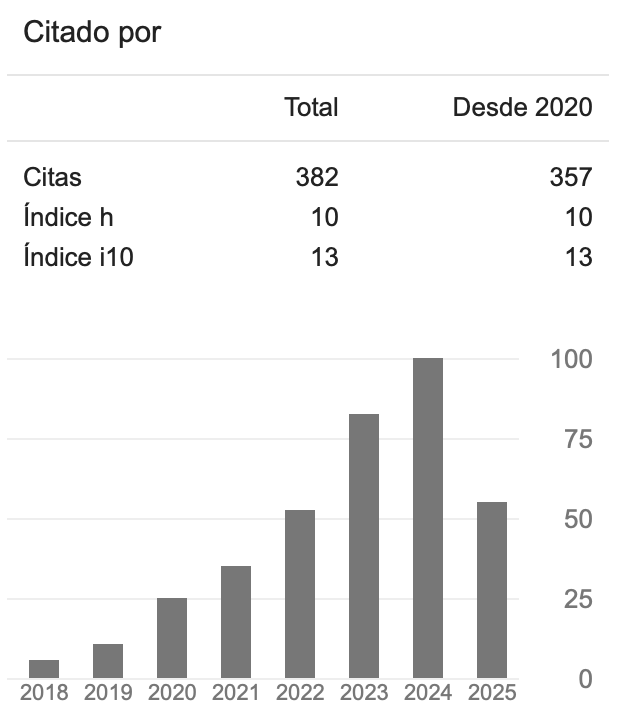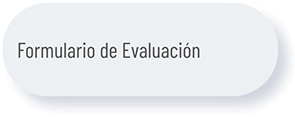About the Journal
FOCUS AND SCOPE
DAYA journal, published by Universidad del Azuay, is an academic space specializing in the dissemination of scientific research in the fields of design, art, and architecture. Its focus seeks to integrate these disciplines, understanding that each contributes significantly to the construction of knowledge, reflection, and technological and cultural innovation.
In the area of design, the journal addresses different branches, such as graphic, textile, clothing, industrial, interior, and fashion design, recognizing that these practices have a direct impact on everyday life and on visual, cultural, productive, and economic communication processes. In the field of art, studies on the plastic, visual, and performing arts are valued, considering both their theoretical dimensions and their practical expressions. In the field of architecture, the publication of research on architectural projects, urban planning, cultural heritage, sustainability, and new approaches to the design of living spaces is promoted.
The scope of the journal is not limited solely to the Ecuadorian or Latin American context, but has an international reach, as evidenced by its indexing in relevant academic databases such as Latindex Catálogo 2.0, Dialnet, DOAJ, ROAD, RRAAE, ResearchBib, Google Scholar, and REDIB. In this way, DAYA positions itself as a platform that promotes the global visibility of scientific production and encourages dialogue between researchers from different cultural and academic contexts.
TYPES OF ARTICLES
DAYA journal accepts three types of academic scientific articles, with the aim of promoting an inclusive space that welcomes different forms of scientific communication. Within its guidelines, it accepts research articles, which are the main scientific contributions with original results obtained from rigorous methodologies, whether in empirical, experimental, or theoretical contexts.
Review articles are also considered, which play a fundamental role in the systematization of existing knowledge. This type of text offers a broad and critical overview of advances in a specific topic, identifying gaps, trends, and future research perspectives. Its function is key to guiding new researchers and enriching academic debate.
Finally, reflection articles are accepted that present a critical analysis based on the author's own research results or those of other authors. The purpose of these articles is not only to present data or bibliographic reviews, but also to interpret, argue, and generate new theoretical perspectives that enrich scientific and academic debate within the disciplines of design, art, and architecture.
It is important to note that all articles, regardless of their type, must be original, unpublished, and academically rigorous, ensuring that the journal maintains a scientific level in line with international publication standards. In this way, DAYA offers a variety of options for the dissemination of knowledge, responding to the needs of researchers at different stages of their academic careers and to the plural dynamics of disciplinary fields.
EDITORIAL PROCESS
The peer review process at DAYA journal is one of the main guarantees of the quality and academic rigor of the texts published. All contributions received undergo an initial editorial review, where the thematic relevance, adherence to style guidelines, and originality of the content are evaluated. Subsequently, articles are submitted to a double-blind peer review system, which means that both authors and reviewers are unaware of each other's identities to ensure impartiality and objectivity in the process.
Each article is reviewed by at least two reviewers specializing in the relevant subject area. These reviewers issue opinions that may vary between: acceptance without changes, acceptance with minor modifications, acceptance conditional on substantial changes, or rejection. In the event of significant disagreement between the reviewers, a third academic peer is called upon to issue an additional opinion.
In addition, the journal applies anti-plagiarism control mechanisms, using Turnitin as specialized software that allows for the verification of similarities with previous publications. DAYA establishes a maximum of 5% similarity as an acceptable threshold, which ensures the originality of the texts. Once the evaluation stage has been completed, the articles undergo a process of style correction and editing, which guarantees clarity, coherence, and adherence to academic language.
PUBLICATION FREQUENCY
DAYA journal is published twice a year, in June and December.
OPEN ACCESS POLICY
DAYA journal adopts an open access policy that guarantees that all its content is available free of charge and without restrictions. This principle responds to the conviction that scientific knowledge should be a common good, accessible to the entire academic, professional, and social community, without economic or access barriers.
DAYA does not charge publication fees or article processing costs, which eliminates obstacles for authors and promotes the democratization of knowledge. In addition, readers can consult, download, share, and use the content without limitations, provided that the terms of the established license of use are respected.
The journal is licensed under Creative Commons CC BY-NC-SA (Attribution – NonCommercial – ShareAlike). This means that articles may be reused and disseminated for academic and noncommercial purposes, provided that the original authorship is properly acknowledged and that any derivative works are distributed under the same license. In this way, DAYA ensures both the protection of authors' rights and the free circulation of knowledge. This model is aligned with international standards for scientific publication and with open science guidelines.





